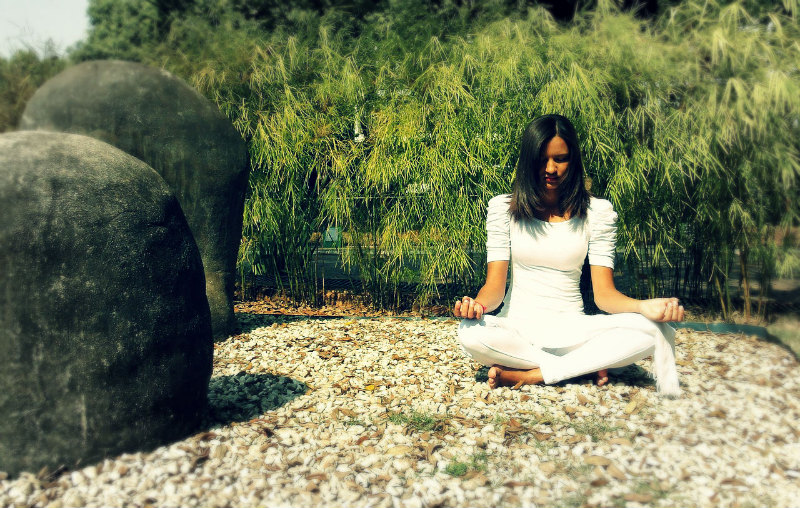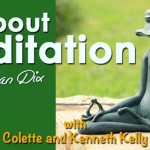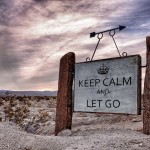
There are a lot of misconceptions in the world of contemporary spirituality when it comes to mindfulness training and attaining deeper inner peace. One of the most common seems to be the idea that people who take meditation seriously should never get angry, upset, frustrated, or have intense emotional responses of any kind. But as a longtime meditator, and a human being, I can say unequivocally that this just isn’t true.
What is the ideal meditator?
The idea that the ideal meditator is a passive being, balanced in a state of perfect emotional equanimity all the time, seems to have come to us from visions of great, gently smiling Indian mystics. The every action of these radiant saints transmits the divine tranquility of the meditative state.
But that ideal comes from a time and place that is very different from the busy pace of modern life in the 21st century. Even in India, which is modernizing at a breakneck pace, the days of disengaging from the world to dissolve into a permanent state of blissful serenity are fading fast.
So if we aren’t living on a Himalayan mountaintop or in a monastery, it doesn’t really make sense for the goal of our meditative practice to be withdrawal from the world.
Advanced Mindfulness Training
Instead, the sincere practice of meditation should provide us with a new foundation for living a fully engaged, inspired, and liberated life in the world. Being a modern meditator is itself a form of advanced mindfulness training. We must learn how to live with a depth of freedom, inner strength, and boundless creativity that many people simply haven’t awakened to yet.
And living means responding to whatever life throws at us, good or bad. Sometimes a passive smile is the most appropriate response to a situation. But more often than not, we find ourselves in situations where we need to respond with the full range of our emotional capacities–laughing, crying, smiling, or shouting.
Meditation awakens us to a depth of inner freedom, stillness, and peace that remains unchanged by our outward activities and responses, and that inner peace can inform how we engage in the world. But meditation shouldn’t silence our humanity; it should empower our humanity for the right reasons, expanding our awareness and our ability to care.
Sometimes shouting in anger is an expression of the highest form of care, and can do more good in a situation than sitting back and doing nothing, tranquil and content in your own inner peace.
Sometimes doing nothing is not an appropriate response to life.
By Thomas Dixon


